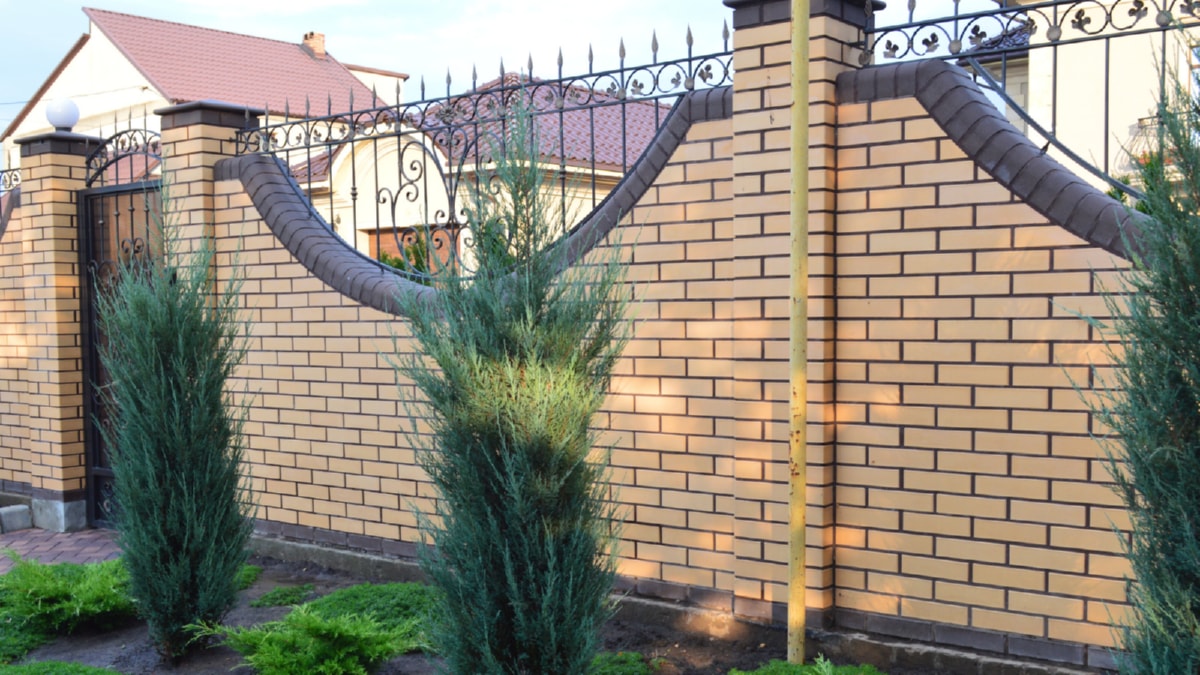The construction industry, known for its substantial contribution to the global economy, has been facing increasing pressure to align its operations with the values of environmental sustainability. As a response, a surge in sustainable construction practices have begun to redefine the industry, paving the way for a greener future.
One of the most significant trends in sustainable construction is the increase in energy-efficient buildings. The integration of renewable energy sources, such as solar and wind power, into construction design, is a practice gaining momentum. Buildings are now designed to utilize natural light to its maximum, reducing the need for artificial lighting, and systems are being integrated for effective water management, waste reduction, and recycling, further minimizing the environmental impact.
Green building materials have also emerged as a key trend in sustainable construction. The industry is moving away from traditional, high-carbon footprint materials and embracing ‘green’ alternatives such as recycled metal, reclaimed wood, and bio-based materials. These materials not only reduce the environmental impact of the construction process but also improve the energy efficiency and indoor air quality of the completed building.
Innovative technologies are another area where sustainable construction is making significant strides. Building Information Modelling (BIM) provides a digital representation of a building, which helps in managing resources more efficiently. It aids in reducing waste and improving the energy efficiency of the building right from the design stage. Similarly, 3D printing technology is being leveraged to prefabricate building components, reducing waste and emissions associated with traditional construction methods.
Another emerging trend is the concept of ‘net-zero buildings’. These are structures designed and built in such a way that they generate as much energy as they consume over the course of a year. This is achieved through a combination of energy-efficient design and renewable energy generation technologies. While still relatively rare, the number of net-zero buildings around the world is expected to rise rapidly in the coming years, mirroring the growing commitment to sustainability in the construction industry.
Sustainable construction practices are not just about minimizing environmental impact but also about creating healthier and more comfortable living and working environments. The trend towards ‘well buildings’ focuses on improving indoor air quality, using natural light, and incorporating green spaces into building design to improve the health and well-being of occupants.
The shift towards sustainable construction is not just a trend, but a necessity in the face of increasing environmental challenges. It is a testament to the construction industry’s capability to adapt and innovate. The emerging trends in sustainable construction are setting the foundation for a future where buildings are not just structures that provide shelter, but assets that contribute positively to the environment and the well-being of their occupants. The construction industry’s shift towards a greener future is a clear indication of its commitment to playing its part in tackling the sustainability challenges of our time.
For more details, check best masonry services or visit their business listing here.



